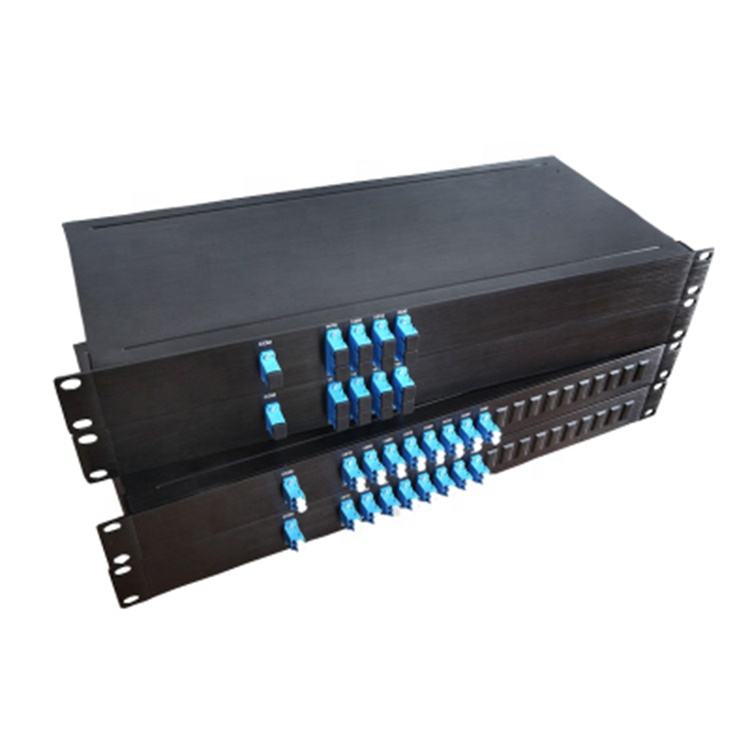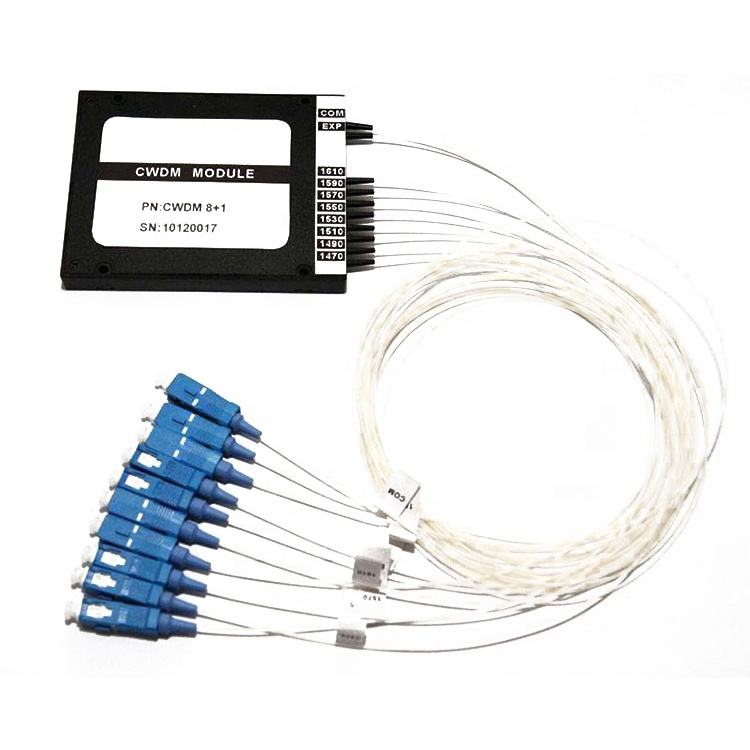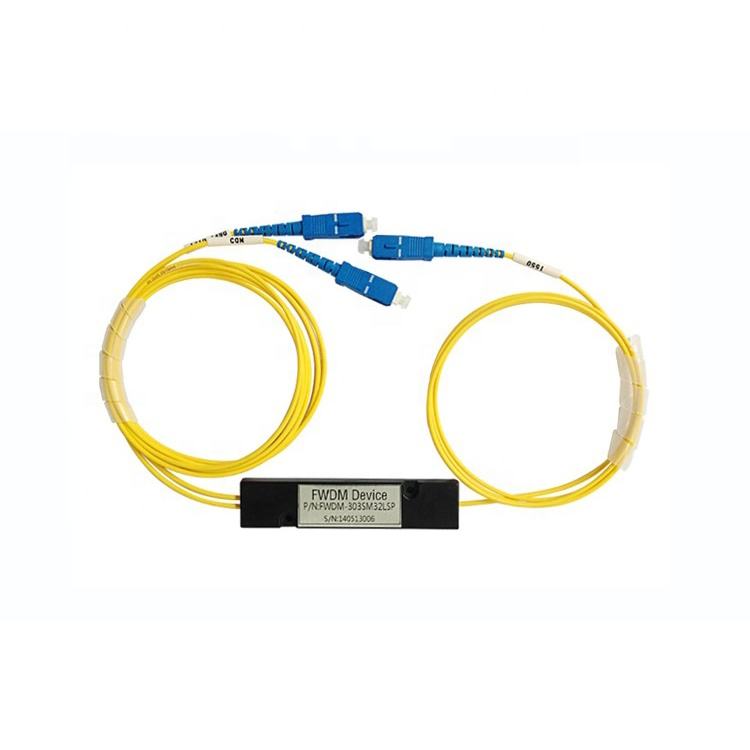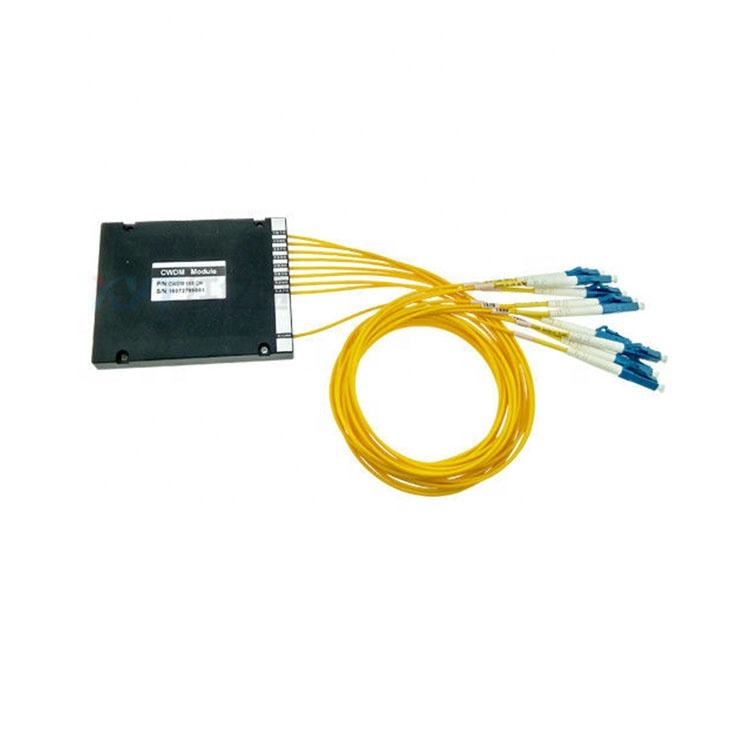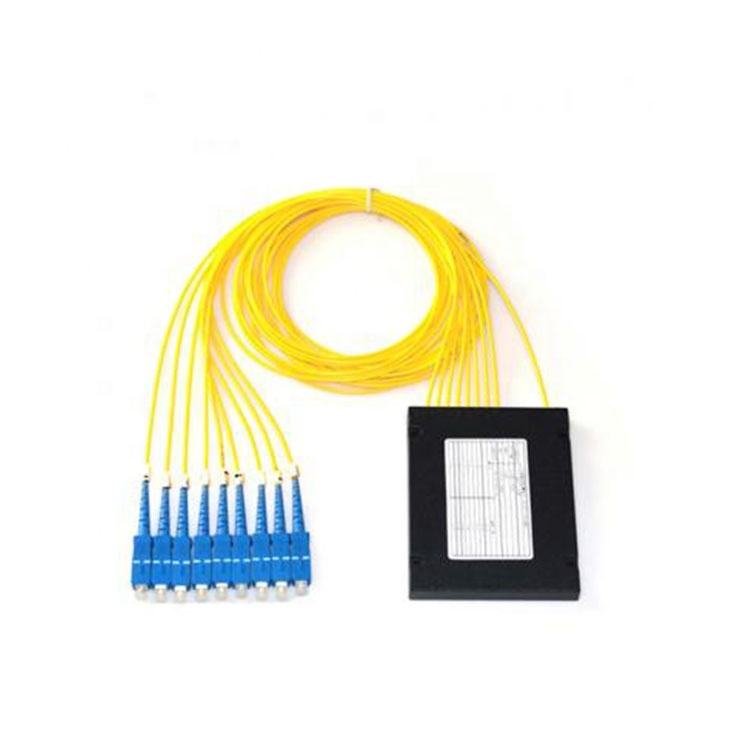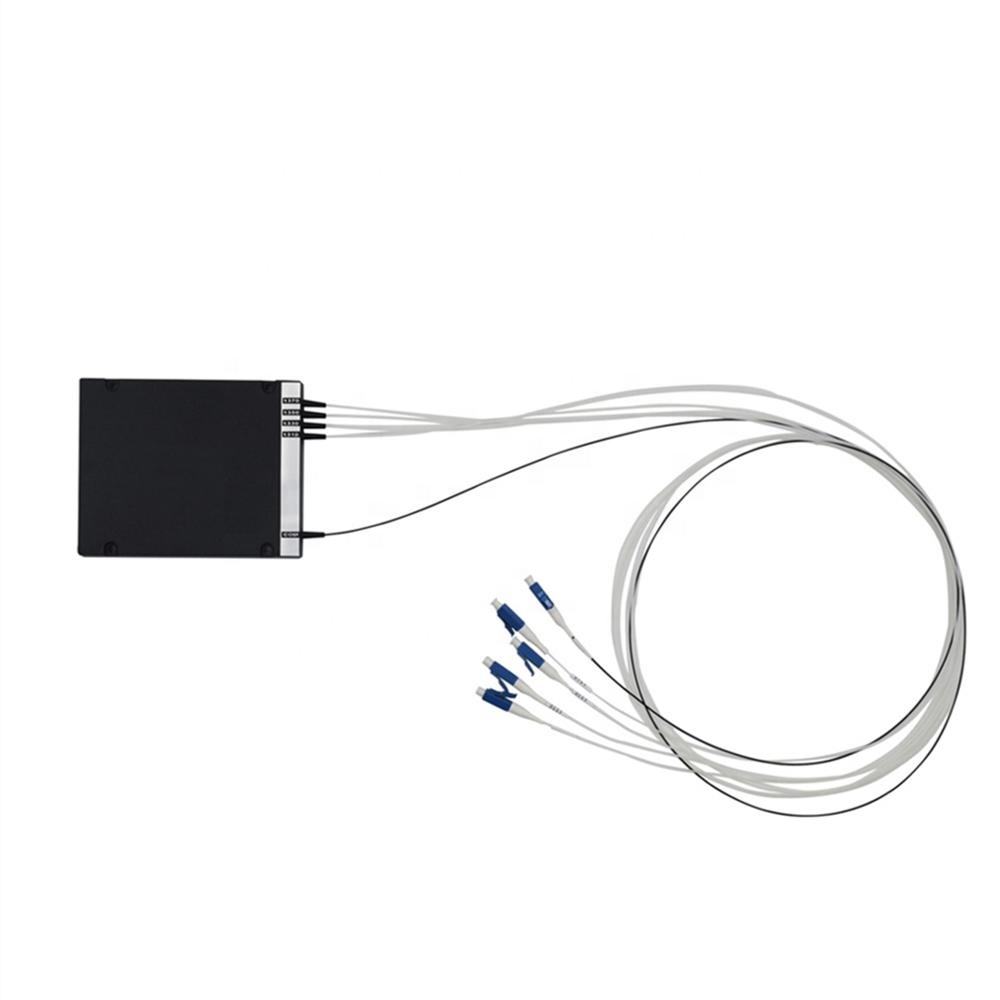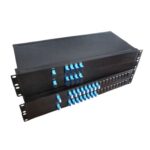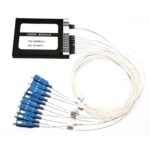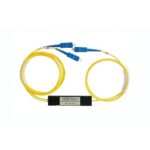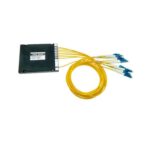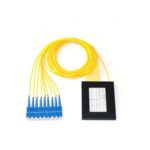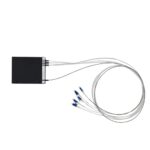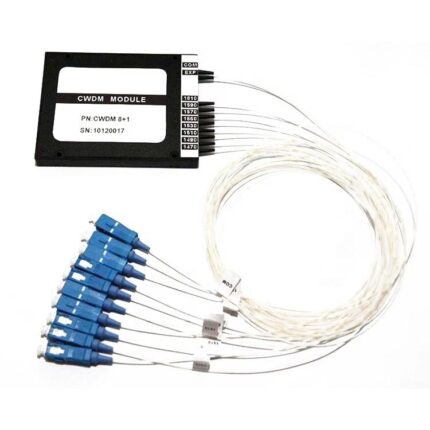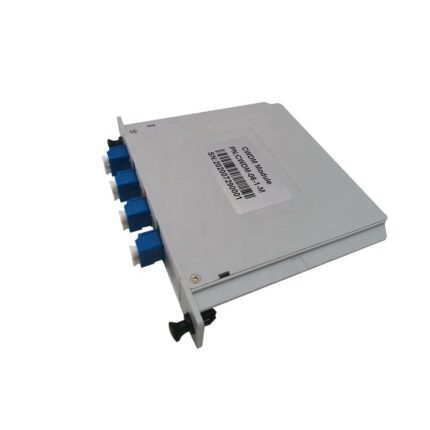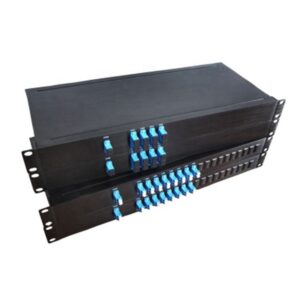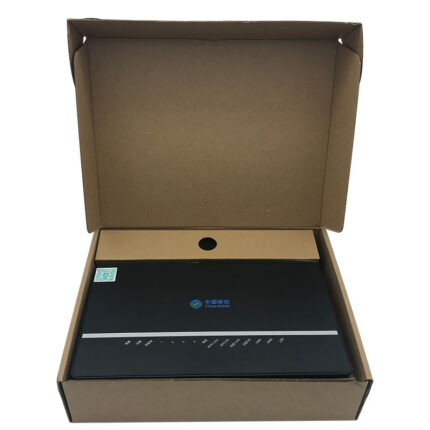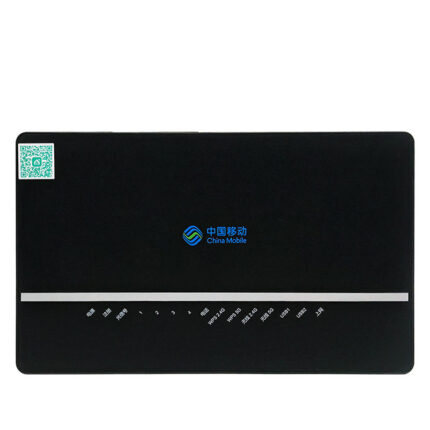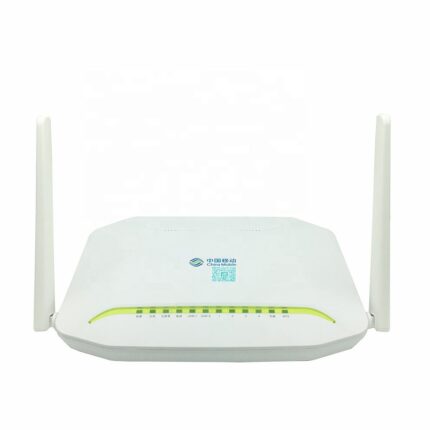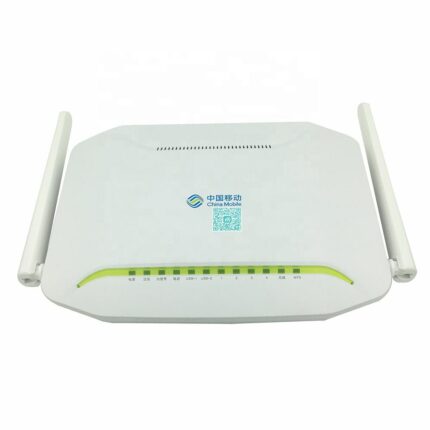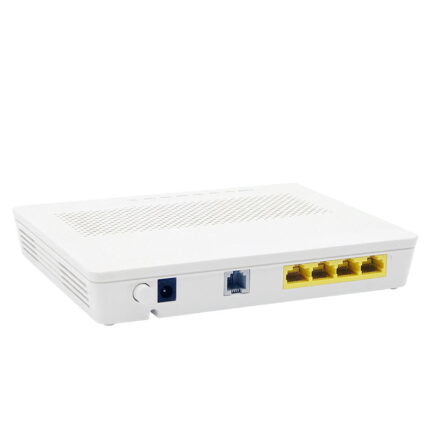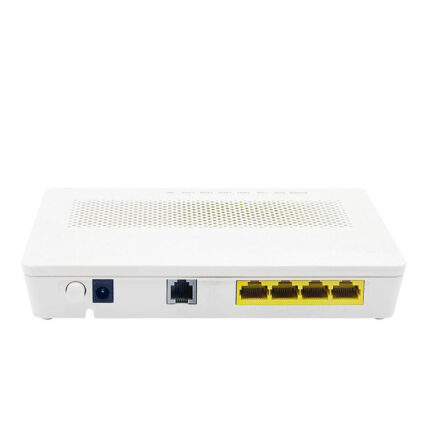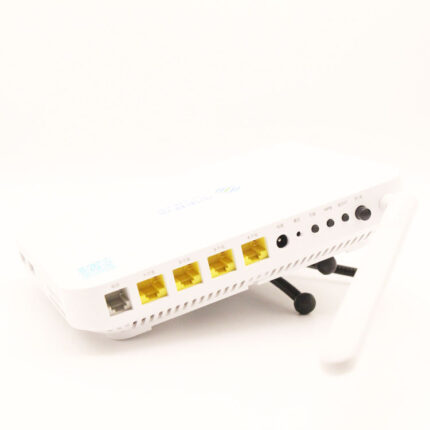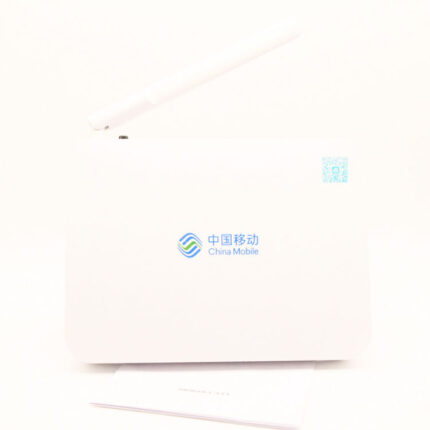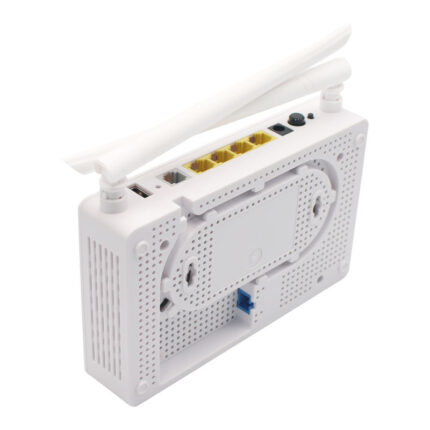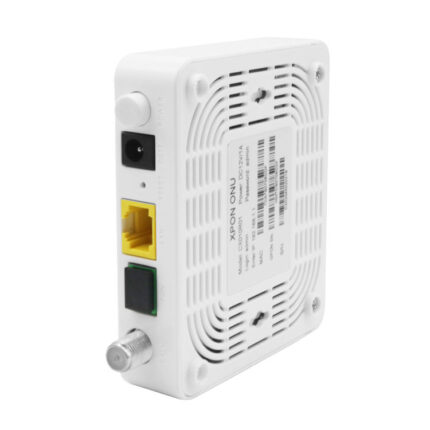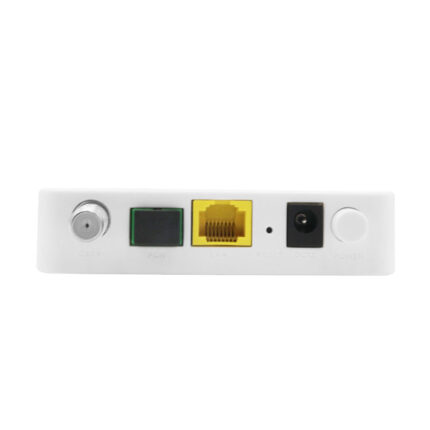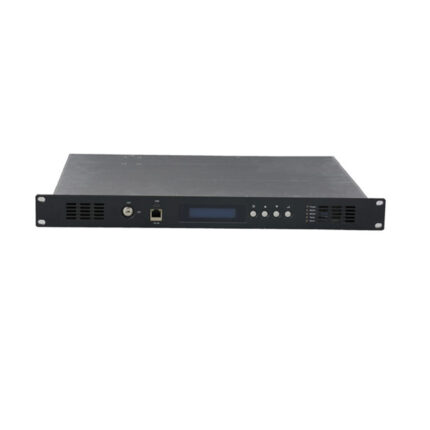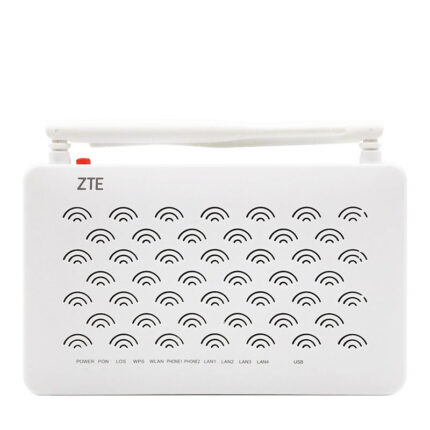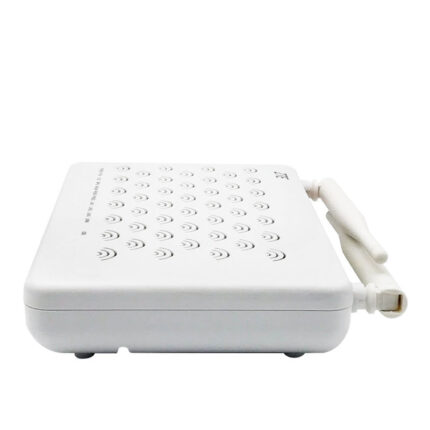FWDM DWDM CWDM Description:
FWDM DWDM CWDM Optical multiplexing technologies, including FWDM (Filter Wavelength Division Multiplexing), DWDM (Dense Wavelength Division Multiplexing), and CWDM (Coarse Wavelength Division Multiplexing), are instrumental in efficiently transmitting multiple optical signals over a single fiber optic cable.
- FWDM utilizes optical filters to separate and combine different wavelengths of light signals, enabling bidirectional communication over a single fiber strand, commonly used in passive optical networks (PONs) and fiber-to-the-home (FTTH) setups.
- DWDM allows for the simultaneous transmission of numerous signals at various wavelengths along a single optical fiber. This technology significantly enhances the capacity of long-haul telecommunications networks, data centers, and enterprise infrastructures.
- CWDM achieves multiplexing by employing wider wavelength spacing compared to DWDM, making it more cost-effective and simpler to implement. It is suitable for shorter-distance connections such as metropolitan area networks (MANs) and enterprise campus networks.
These multiplexing technologies are vital components of modern optical communication systems, offering scalable solutions for increasing network capacity, extending reach, and enhancing overall performance.
FWDM DWDM CWDM Features:
Forwarding (Fwdm), Dense Wavelength Division Multiplexing (DWDM), and Coarse Wavelength Division Multiplexing (CWDM) are all technologies used in fiber optic communication networks to increase bandwidth efficiency by transmitting multiple signals simultaneously over the same optical fiber. Here are their key features:
- Forwarding (Fwdm):
- Forwarding is a term that might refer to a particular technology or protocol in the context you’re mentioning. However, it’s not as commonly used or recognized as DWDM or CWDM.
- If you’re referring to a specific technology, please provide more context or clarification, and I’ll be happy to assist further.
- Dense Wavelength Division Multiplexing (DWDM):
- DWDM allows multiple optical carrier signals to be multiplexed onto a single optical fiber by using different wavelengths of laser light.
- It can support a large number of wavelengths (often referred to as channels) closely spaced together, hence the term “dense.”
- DWDM significantly increases the capacity of a fiber optic network by enabling multiple channels to be transmitted simultaneously over the same fiber.
- It is commonly used in long-haul and high-capacity telecommunications networks, including those used for internet backbone connections.
- Coarse Wavelength Division Multiplexing (CWDM):
- CWDM is similar to DWDM but operates with fewer channels and wider spacing between wavelengths.
- CWDM typically uses uncooled lasers and is more cost-effective than DWDM, making it suitable for shorter distance applications or where lower capacity is acceptable.
- It’s often used in metropolitan area networks (MANs), access networks, and other scenarios where the distance between network nodes is relatively short.
- CWDM systems are simpler and more economical to deploy compared to DWDM systems.
Application:
1.Data communication applications
2.Data Center infrastructure
3.Storage Area Network – Fiber Channel
4.Emerging 40 and 100Gbps protocols compatible
